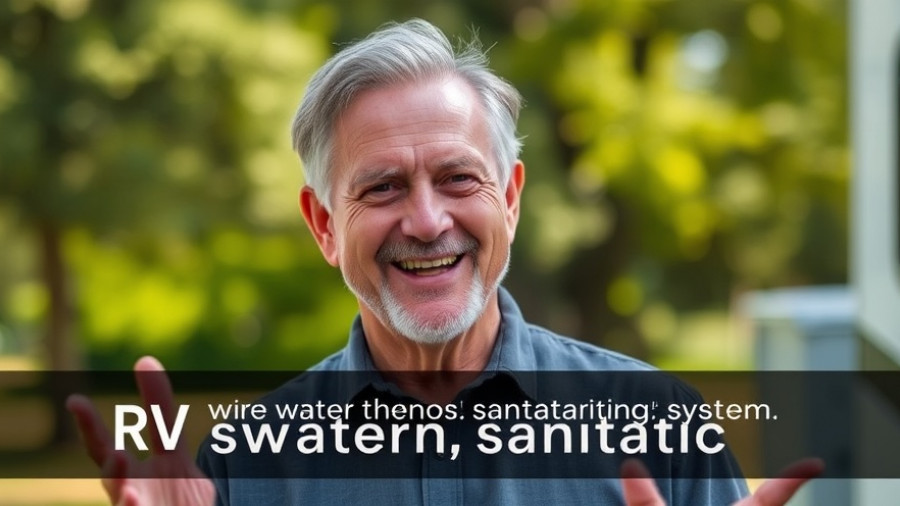
Understanding Starlink’s Beam Switching: A Game Changer for Connectivity?
Starlink, a revolutionary force in satellite internet, is making waves again with its recently touted technology known as beam switching. However, what does this mean for users who often experience dropouts due to obstructions?
In Starlink Beam Switching - Will It Eliminate Drop Outs from Obstructions?, the discussion dives into the promising details of this technology, prompting us to analyze its real-world implications.
Is Beam Switching Truly Revolutionary?
The innovative beam switching technology is not precisely new; rather, it represents an evolution of what Starlink has been doing all along. Starlink's network of low Earth orbit satellites has always relied on the satellite dish’s ability to switch between various satellites overhead. The exciting part? Starlink claims to enhance this existing framework by improving algorithms to predict dish obstructions effectively. With over 8,000 satellites now available in view, options for smooth connectivity have substantially increased.
How Does It Work?
For users stationed in fixed locations, Starlink's dish can create an obstruction map. This feature enables the dish to anticipate when satellite signals might be blocked by trees or buildings and promptly switch to alternate satellites that remain unobstructed. This proactive method aims to dramatically reduce dropouts, especially for those who were previously heavily obstructed.
Mobile users benefit from a similar paradigm, wherein the Starlink dish can react to signal degradation in fractions of a second. However, the success of this technology does depend on the dynamic nature of traveling and the potential for new obstructions, such as bridges or tunnels.
The Impact on User Experience
Starlink’s modifications are expected to result in an overall improved user experience, particularly for stationary users facing partial obstructions. Immediate reactions to signal changes should lead to fewer service interruptions. Nevertheless, users frequently on the move should maintain realistic expectations, since temporary obstructions may still pose challenges.
To better understand the effectiveness of the beam switching technology, feedback from current users is crucial. Are you in a partly obstructed area? Have you noticed any differences in connectivity over the past year? Sharing these insights could offer invaluable information to both existing and prospective Starlink users.
What to Watch for in the Future
The introduction of beam switching is only part of the evolving Starlink landscape. The continued rollout of additional satellites and software improvements aims to bolster network capacity. As Starlink strives to launch version three satellites, users may ultimately experience enhanced speeds and stability, further mitigating issues associated with obstructions.
Common Misunderstandings: Obstructions vs. Network Congestion
It’s vital to grasp the difference between service disruption from obstructions and slow connections due to network congestion. For instance, while stationary users enjoy priority over mobile users, the latter can still experience lag due to high user density in specific areas, especially during peak times. Starlink’s troubleshooting resources can help users identify the cause of their connectivity issues.
Call for Experiences
As mobile internet continues to weave its way into the fabric of modern RV lifestyles, user experiences play a pivotal role in shaping the product's direction. If Starlink plays a critical part in your internet connectivity, we encourage you to share your feedback and experiences. Your insights could illuminate how effective this beam switching technology truly is.
This exploration into the capabilities of Starlink’s beam switching reminds users that innovation lies at the heart of continuous improvement in digital connectivity solutions.
 Add Row
Add Row  Add
Add 




Write A Comment